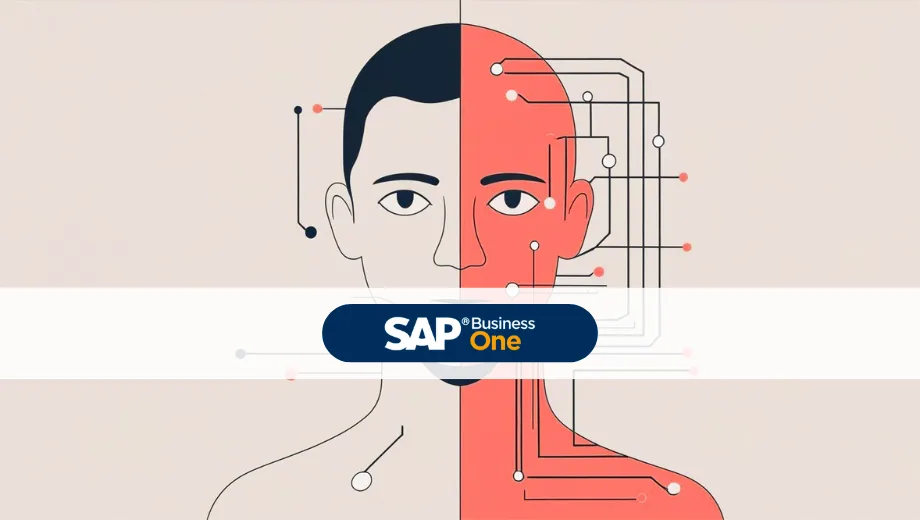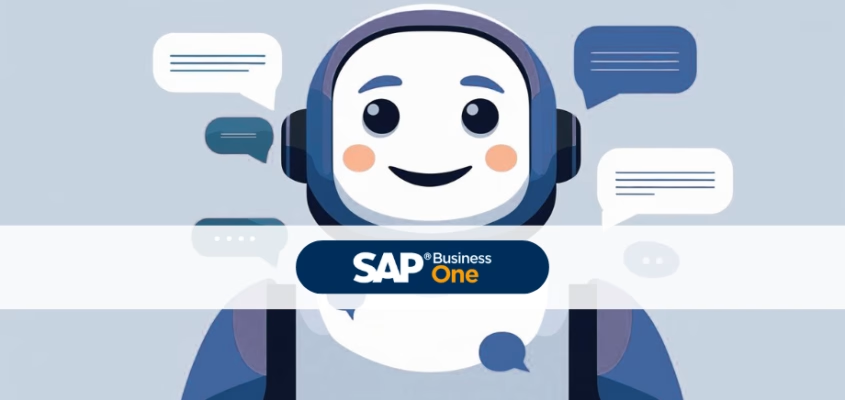Whether Siri or Alexa - voice assistants are seen as a sign of the digital future. However, these services are more likely to be used individually. This is why chatbots are becoming an exciting alternative for companies. These can also be used via Voicebut can also be operated via text. The many integration options (Facebook, WhatsApp, Telegram, etc.) also make chatbots attractive.
In the area of customer service in particular, virtual assistants can already take over one or two tasks and thus save costs. According to a study from last year, 85 % of customer interactions will be controlled by artificial intelligence (AI) by 2020. Anyone who is not entirely comfortable with this is advised to take a closer look at the current state of the art. Because all Musk's prophecies contrary, AI becomes far less scary when you take a look behind the code. Did you know, for example, that many chatbots work with a fairly rudimentary programmed AI that only ever responds according to fixed patterns? No?

Here is a small version:
How does a chatbot work?
A chatbot is (as the name suggests) a robot for chatting. Similar to a normal employee, chatbots answer customer questions, such as questions about opening hours. Questions like these can be easily processed by the current AI according to previously defined parameters. In this case, the AI has less complex programming in the background than if it is already "machine learning". These chatbots often require less precise commands and can also respond to deviations from requests. For example, if you ask "Are you open tomorrow at 11:00?" instead of "What are your opening hours?", you will usually get more from a "machine-learning" AI than "I didn't understand your question. Please repeat the question." So if you're wondering how "smart" the chatbot you're writing to is - ask your questions a little differently.

Artificial intelligence (AI) in financial accounting

Input computer processing with human intelligence

AI-ERP transformation basics and AI governance

AI for SAP Business One puts the user at the centre

Logistics on the way to digitization


